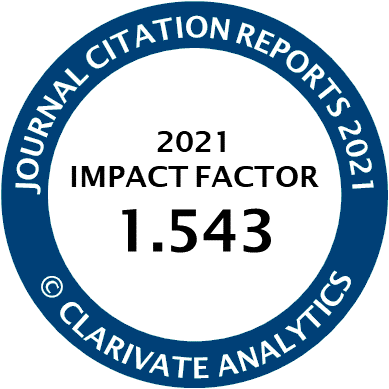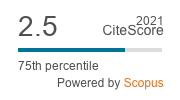Article | Open Access
Proper Methodology and Methods of Collecting and Analyzing Slavery Data: An Examination of the Global Slavery Index
| Views: | 17618 | | | Downloads: | 4848 |
Abstract: The Global Slavery Index aims to, among other objectives, recognize the forms, size, and scope of slavery worldwide as well as the strengths and weaknesses of individual countries. An analysis of the Index’s methods exposes significant and critical weaknesses and raises questions into its replicability and validity. The Index may prove more valuable in the future if proper methods are implemented, but the longer improper methods are used the more damage is done to the public policy debate on slavery by advancing data and policy that is not based on sound methodology. To implement proper methods, a committee of sophisticated methodologists needs to develop measurement tools and constantly analyze and refine these methods over the years as data is collected.
Keywords: Global Slavery Index; human trafficking; methodology; methods; slavery
Published:
Issue:
Vol 2, No 4 (2014):
© The author(s). This is an open access article distributed under the terms of the Creative Commons Attribution 4.0 license (http://creativecommons.org/licenses/by/4.0), which permits any use, distribution, and reproduction of the work without further permission provided the original author(s) and source are credited.



